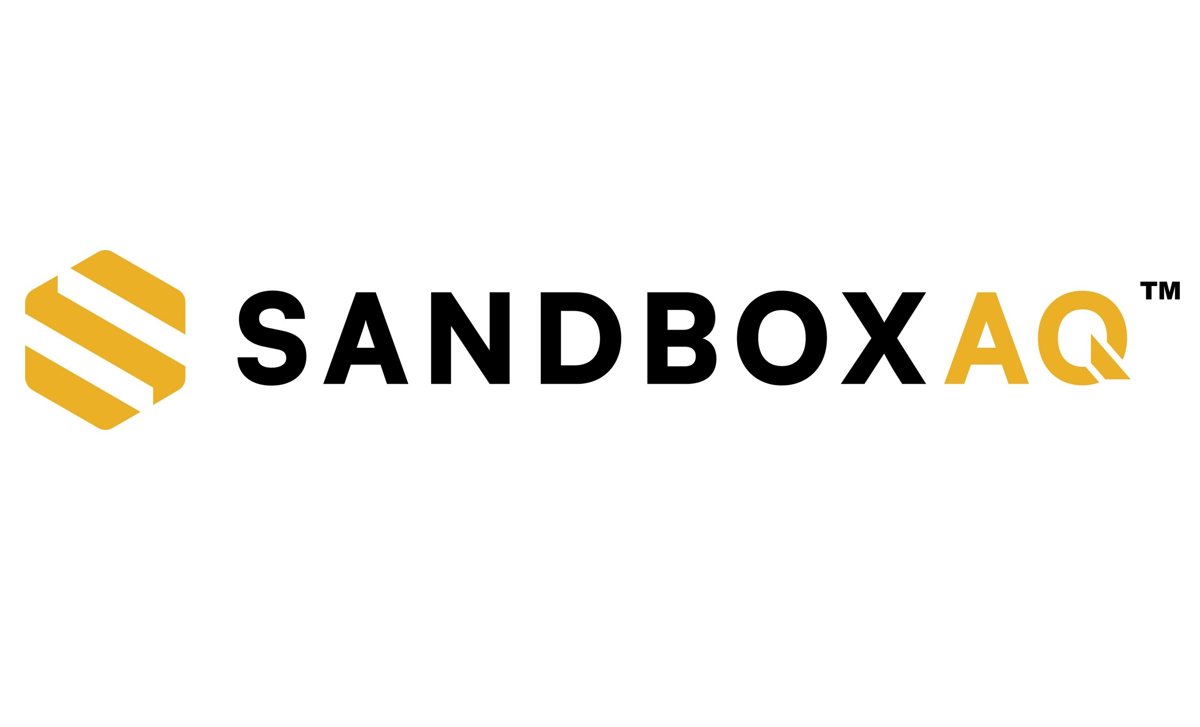South Korean researchers have discovered a way to generate much stronger spin currents at room temperature, potentially transforming the future of electronics.
By using a mechanism called longitudinal spin pumping and a special iron-rhodium material, the team showed that quantum magnetisation dynamics, once thought to only occur at extremely low temperatures, can take place in everyday conditions.
These currents were found to be 10 times stronger than those created through traditional methods, offering a major boost for low-power, high-performance devices.
Instead of relying on the movement of electric charge, spintronics makes use of the electron’s spin, which reduces energy loss and heat generation. This advancement could be particularly beneficial for Magnetoresistive Random Access Memory (MRAM), a type of memory that depends on spin currents to function.
Researchers believe their findings may significantly cut power consumption in MRAM, which is already being explored by companies like Samsung for next-generation AI computing systems.
The study, carried out by teams at KAIST and Sogang University, used a combination of ultrafast measurement experiments and theoretical analysis to validate the discovery. Experts say the results could lead to a new era of energy-efficient memory and processor technologies.
Instead of stopping here, the researchers now plan to develop novel spintronic device architectures and explore other quantum-based mechanisms to push the limits of what modern electronics can achieve.
Would you like to learn more about AI, tech and digital diplomacy? If so, ask our Diplo chatbot!








